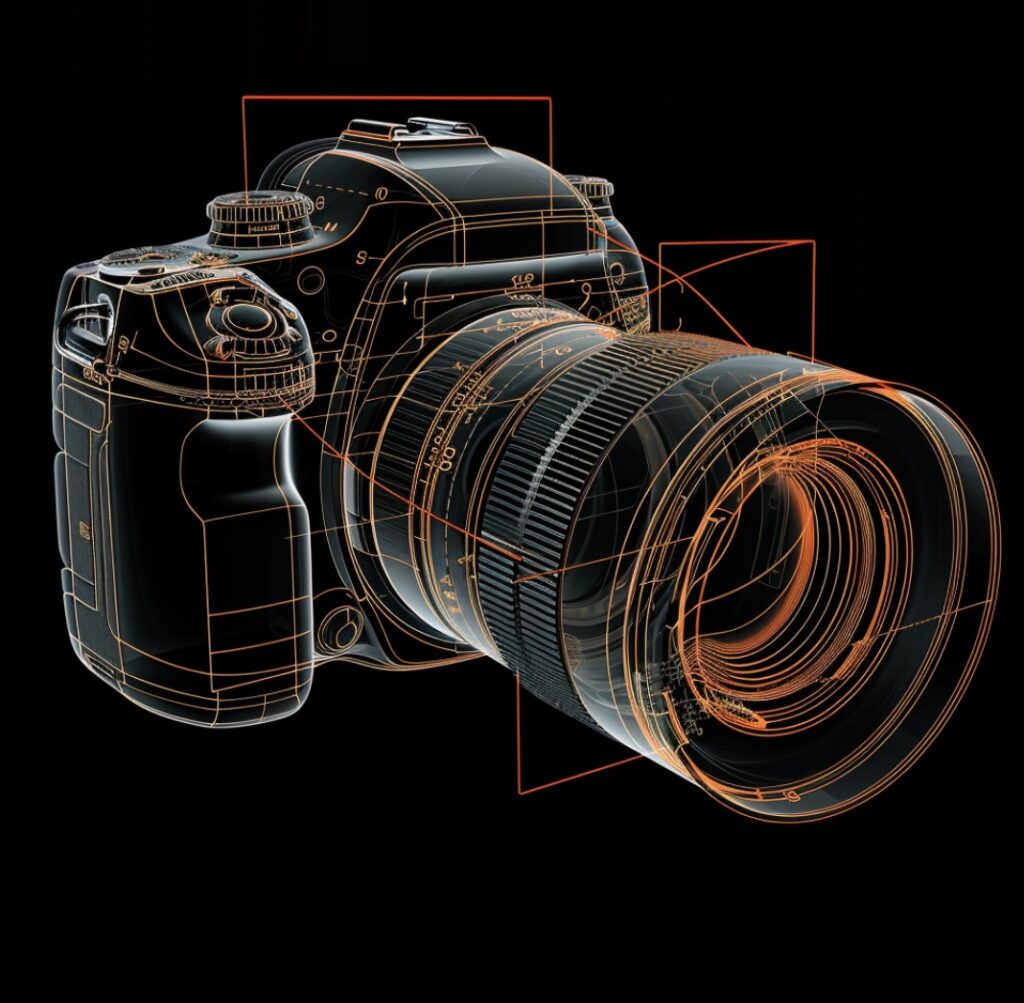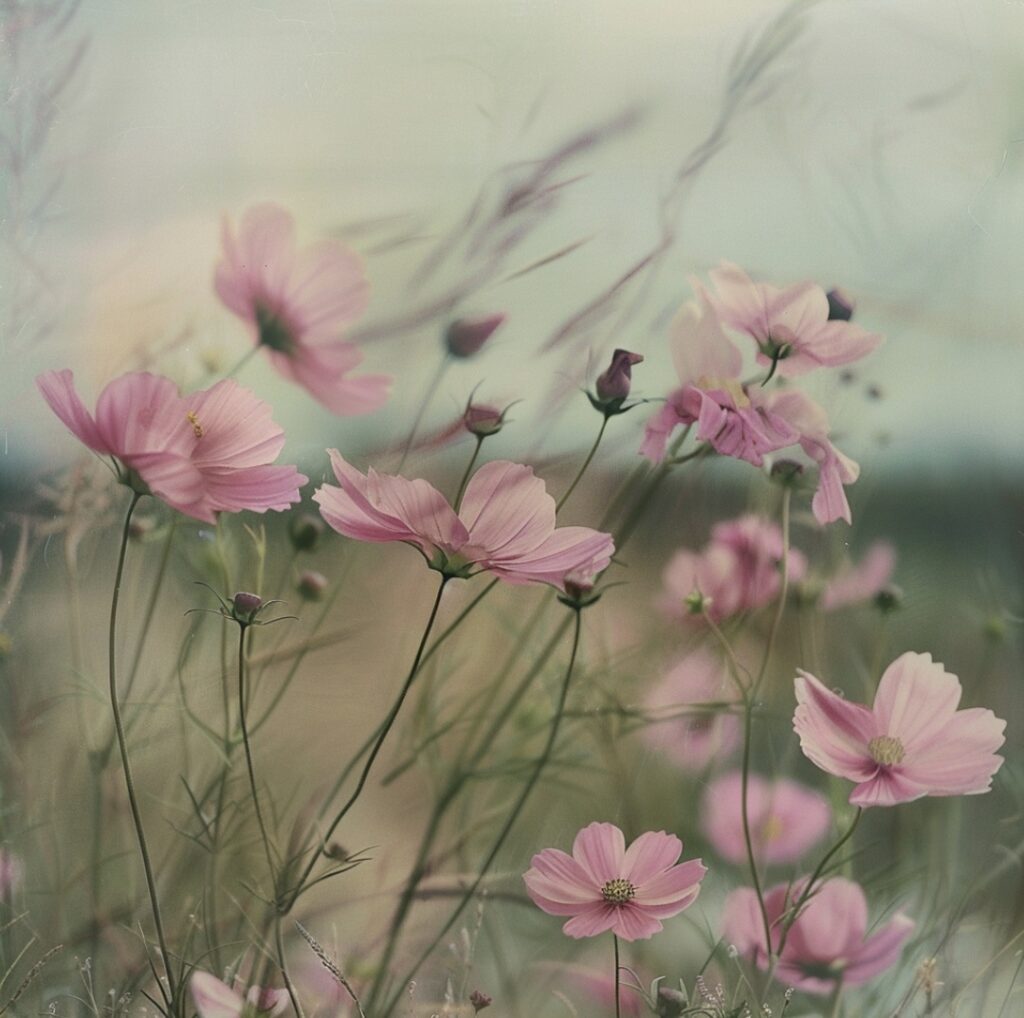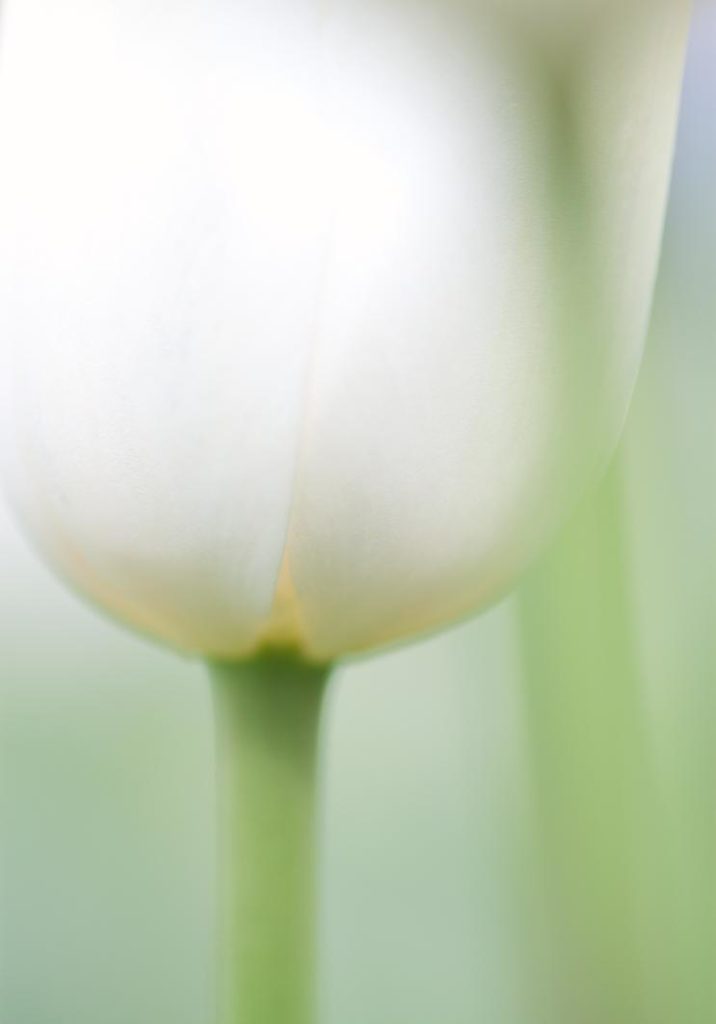
Mastering Shutter Speed for Gorgeous Flower Photography
One of the tools you’ve got at your disposal for making your flower shots truly stand out is shutter speed. While the term 'shutter speed' might put some people off as it sounds a bit technical, once you get the hang of it, it’s actually pretty fun to experiment with!
In this blog, we’ll break down what shutter speed is, how it works, and how it can take your flower photography to the next level.
Basically, the shutter speed is how long your camera’s shutter stays open when you press the button to take a photograph. It’s measured in seconds or fractions of a second - like 1/100 or 1/1000, where the higher the bottom number, the shorter the time the shutter stays open. 1/1000 is one thousandth of a second which is quicker than 1/100 which is one hundredth of a second which in turn is quicker than 1/10 which is one tenth of a second.

So, a fast shutter speed means that the shutter is only open for a tiny amount of time thus only allowing light to enter the camera (and on to the camera sensor) for the briefest of moments. A slower shutter speed means the shutter is open for slightly longer thus allowing slightly more light into the camera.
A fast shutter speed 'freezes action' as the shutter remains open for only a tiny fraction of a second. A slower shutter speed allows for a bit of 'motion blur' as in the slightly longer time that the shutter is open the subject may have moved slightly. Both have their place in photography, depending on what kind of effect you’re going for.
Even though flowers are pretty stationary (unless you’re dealing with the wind!), there’s often movement happening in the environment around them. The way you use shutter speed can help you manage that movement or even take advantage of it.
Imagine you are out photographing some beautiful flowers but there’s a breeze blowing. If you want to capture every fine detail, the texture of the petals or the sharp edges of the leaves then you will want a fast shutter speed to freeze that motion. Something like 1/500 or faster will usually do the trick, giving you crisp, clear images despite the wind but you may need a quicker shutter speed depending on how windy it is.

Perfect for:
A fast shutter speed allows you to lock in those little details that can make a flower photo stand out.
On the flip side, if you’re feeling a bit more creative or you’re in a calmer environment, slowing down your shutter speed can bring a lovely sense of motion to your shots. Try something like 1/30 or 1/10 or even slower and you might capture the gentle sway of a flower in the breeze, giving your photo a soft, dreamy feel.
This technique works wonders if you're aiming to create a more ethereal or painterly effect. It can make your flower photography feel magical, like you’ve captured not just the flower, but the movement of nature itself!
Macro photography is a popular choice for flowers, as it lets you zoom in close and showcase the intricate details like raindrops on petals or the tiny textures that are usually invisible to the naked eye. But when you’re shooting this up-close, even the smallest movements can blur your shot.
That’s where a fast shutter speed (like 1/250 or quicker) comes in handy. It freezes any subtle movements, whether it’s from the flower swaying or even your own camera shake.
Of course, shutter speed doesn’t work in isolation. To get that perfect flower shot, you’ll need to think about other settings too, like aperture and ISO. These are discussed in more details in other blogs.
In flower photography, a wide aperture (a small f-number like f/2.8) often works best to blur the background and make the flower really stand out. However, a wide aperture lets in more light, so you’ll need to adjust your shutter speed accordingly—usually speeding it up a bit.
On cloudy days or in low light, you may need to increase your ISO setting to maintain a fast enough shutter speed without underexposing your image.

Shutter speed isn’t just a technical setting, it’s a way to inject creativity and life into your flower photography. Whether you’re freezing a daisy in motion on a windy day or letting the petals of a rose blur gently as they sway, mastering shutter speed gives you so much control over the feel of your image.
So next time you’re out with your camera, play around with it! Try different settings, see what works for you, and most importantly experiment and have fun. Flowers are already stunning, but with the right shutter speed, you can capture them in ways you’ve never imagined.